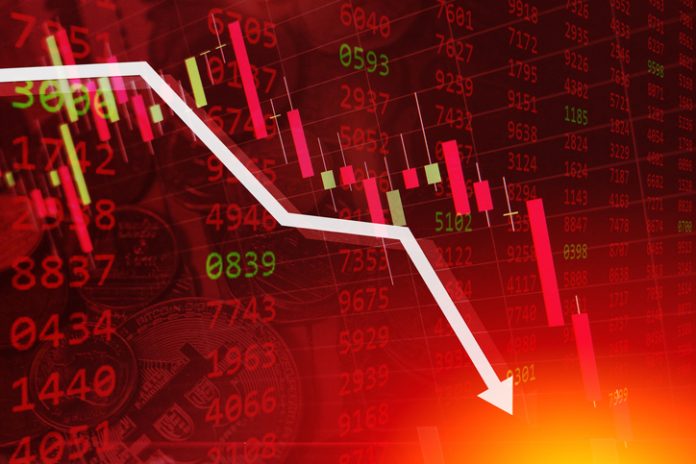Today’s May inflation report follows other increasingly disappointing reports on the economy that show strong signs of an economic downturn. Brace for more price increases, shortages of goods, poor stock performance, and a recession.
The Week That Was
The economic news is not good. Today’s inflation report shows May consumer prices increased at an 11 percent annual rate from April, and core inflation rose at a 6 percent annual rate. The yearly increases were 9 percent for all prices and 6 percent for prices ex-food and energy.
Oil prices rose to $122 from $117 a week ago. Interest rates are also higher, with the 10-year Treasury yield moving above 3 percent.
With energy prices soaring in June, and with business surveys showing little in the way of relief, the Fed will be under pressure to become even more aggressive in its efforts to adopt higher interest rates and sell securities.
The upward drift in initial weekly unemployment claims continued into the first week in June. For the week ending June 4, claims were 229,000. This is up from 200,000 in May, 188,000 in April, and 175,000 in March.
Although weekly unemployment data are highly erratic, it didn’t help that initial unemployment claims continued to rise.
The upward drift in unemployment claims could be an early sign of businesses cutting workers in light of concerns over the economic outlook.
Things to Come
Later today there will be one of many indexes measuring consumer sentiment. Ignore all of them. There is no doubt inflation, declining real incomes, and a depressed stock market mean sentiment is tumbling for any conscious person. We don’t need surveys to confirm this.
On Tuesday, the May producer price index will reflect the ongoing surge in inflation. Oil prices dominated the inflation news with a 7 percent increase to $109 from the previous month. Prices have since continued to surge, reaching $120.
Business surveys continue to report sharp increases in wholesale prices.
On Wednesday, May retail sales data will be higher becasue of soaring gasoline prices. However, weak auto sales will limit the gains. Monthly retail sales numbers are highly erratic and are unlikely to provide much insight into state of the economy.
June’s Homebuilders’ Index (also on Wednesday) should indicate the extent of upcoming weakness in housing. May’s Index fell to 69, the lowest level since June of 2020. A further decline would signal developing problems in the single-family housing market.
Money, Money, Money
On Wednesday the Fed will meet and present its latest monetary policy decisions. The Fed has made it clear it intends to raise its interest rate target from 0.8 percent to 1.3 percent. The Fed also said it will sell $47.5 billion of securities per month, beginning in June, and then increase monthly sales to $95 billion a month beginning in September.
No one, including those at the Fed, has any idea how these moves will affect either the money supply or the economy. We’ll have to wait until the end of the month to see if the Fed’s intended restraint is real.
To Market, to Market
After two consecutive weeks of sharp increases, stock prices moved erratically lower.
Although the Dow rose by .05 percent, the Nasdaq fell 3 percent, and the rest of the indexes fell by 1 percent to 2 percent.
For some time, the market’s technical indicators have been very negative. The latest downturn took out keep support areas for all key indexes. Stock prices are down 11 percent to 26 percent from their all-time highs. Technical indicators point to further losses being likely.
This remains a highly risky environment for stocks, particularly with the Fed intending to restrict the money supply.
If the Fed is successful in reducing the amount of money in the economy, it will drive interest rates higher and push stock prices still lower.
The combination of an overvalued stock market, weak technical indicators, and the Fed’s attempt to restrict money provide for a highly risky environment for stocks.

Outlook
Economic Fundamentals: weakening
Stock Valuation: S&P 500 overvalued by 24 percent
Monetary Policy: expansive
For more from Robert Genetski.
For more Budget & Tax News articles.
For more from The Heartland Institute.











